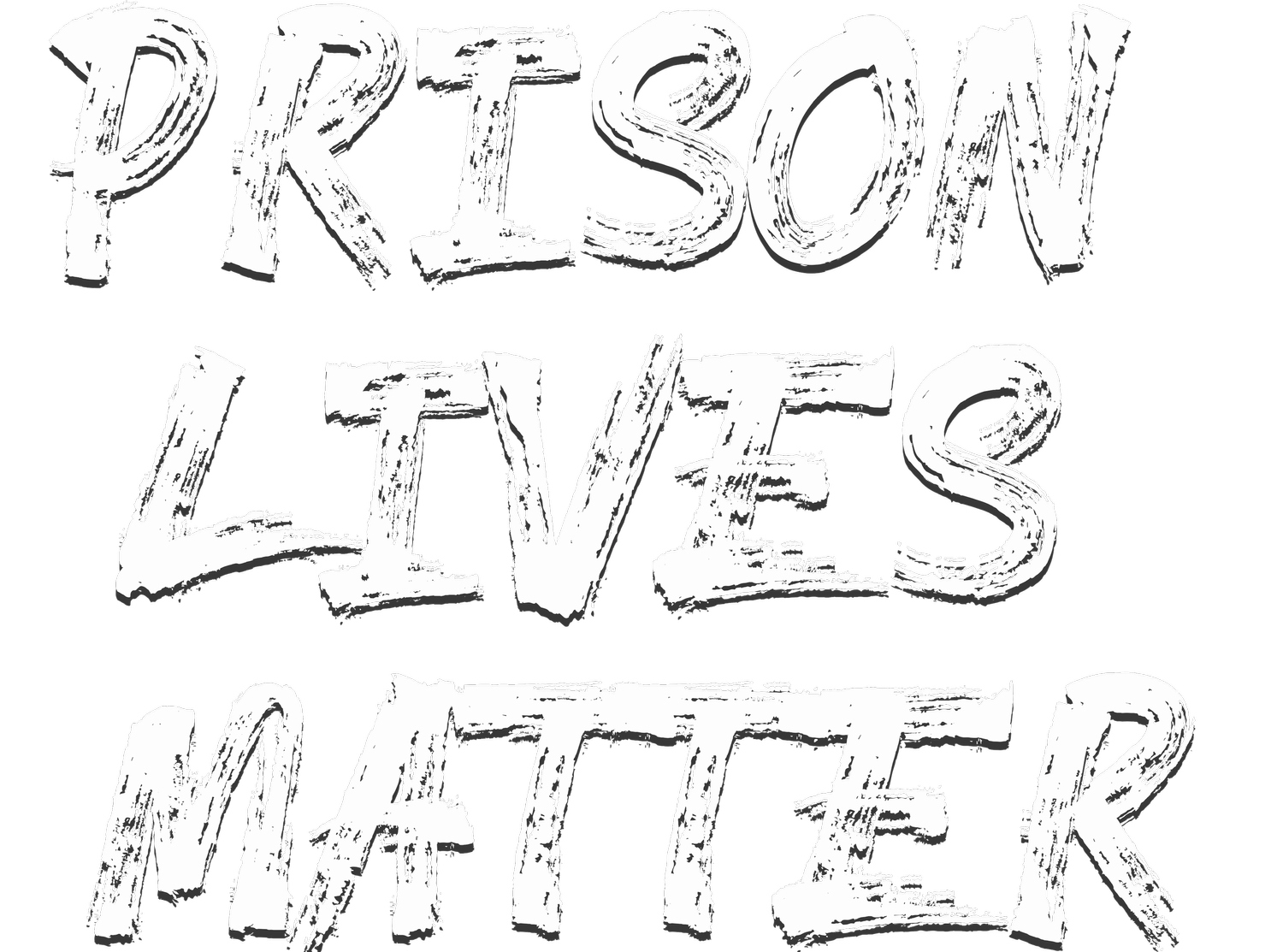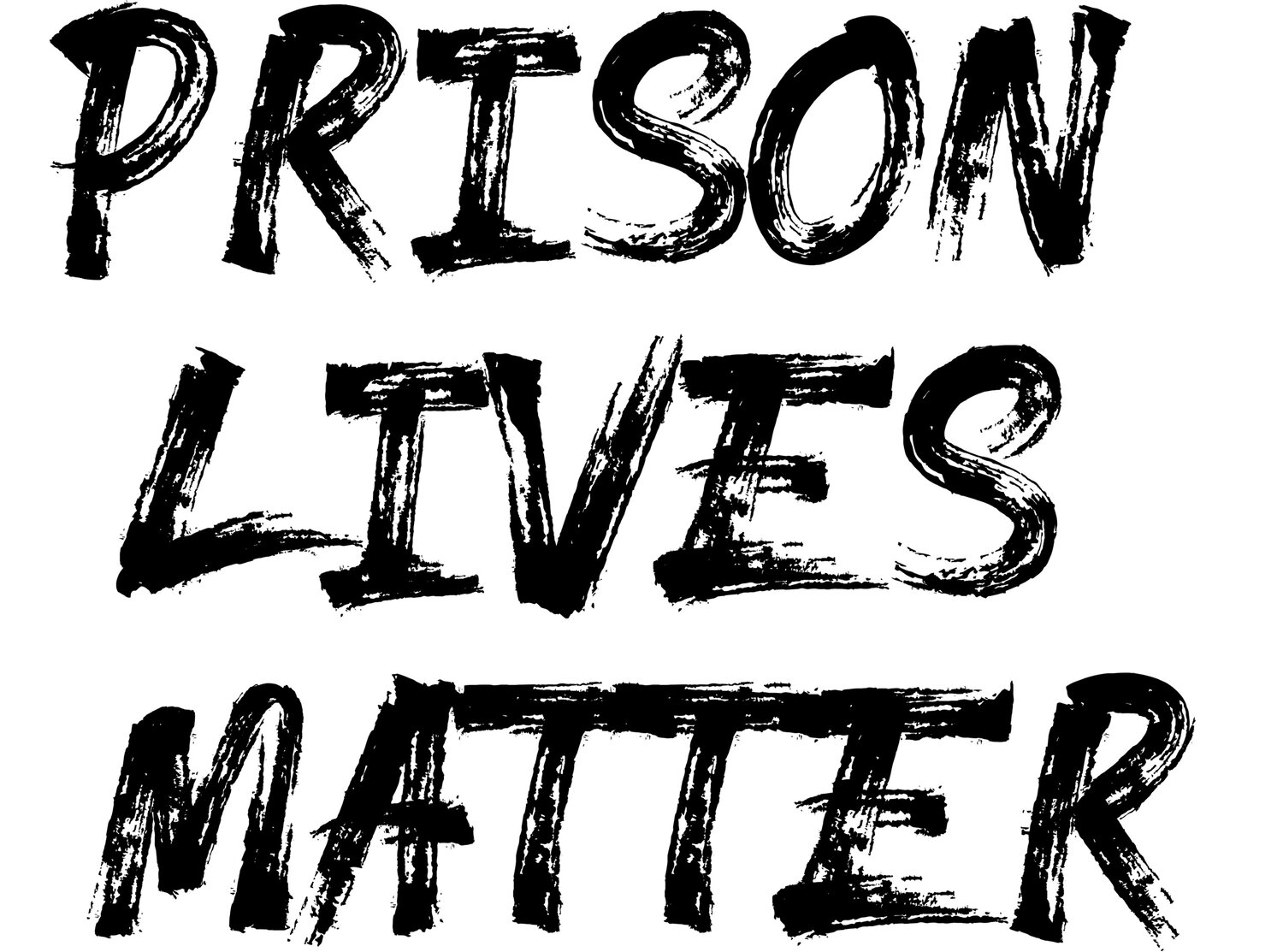Understaffing at Granville Correctional's Supermax Unit by Joseph "Shine White" Stewart
Pursuant to chapter G, section 0102 (General) of North Carolina's Department of Adult Corrections (hereafter DAC) Policy and Procedure manual:
“High Security Maximum Control Unit, or HCON, is used for the housing of offenders that pose an imminent threat to the life or health of other offenders or staff, or the isolation of offenders that otherwise pose a more serious threat to the security and integrity of the prison facility. Therefore, the unit MUST be appropriately staffed according to the unit staffing pattern, e.g, 1 sergeant; 1 officer per block; 2 officers assigned to the control booth and 1 patrol officer.”
In my previous writings, I've expounded upon how this unit is used for a variety of reasons; as a form of punishment for serious rules violations; to remove prisoners believed to pose a risk to the security and/or safety of the overall prison system; in my case, to isolate and repress politicized prisoners; and as a way to segregate prisoners believed to be high-ranking gang members.
Prisoners assigned to this unit have been classified by DAC's classification committee as “the most dangerous” prisoners incarcerated in the state of North Carolina. Prisoners assigned to the HCON unit are subjected to the most intense and restrictive confinement available in the North Carolina Corrections system. Thus, one would assume prison officials would take the necessary measures to ensure a safe environment for both the prisoners and the staff. However, prison officials have acted with deliberate indifference when it comes to this.
Pursuant to NCDAC’s policy, there is to be a minimum of 8 officers present on each shift. However, currently there is 1 sergeant and approximately 6 officers who work both the A & B rotations of first shift. Never are they all present at the same time.
June’s shift logs for both first and second shift will reveal acute understaffing. An average of three officers were on duty for each shift; this is five fewer than the minimum necessary to run this unit safely. Second-shift rotations are severely understaffed as well. On July 1, shift logs will show that there were only two officers on duty, Sgt Gillis and Officer Mayfield, six fewer than the eight that should actually be present.
I’m firmly convinced that the shift logs are being doctored in order to obscure the staffing insufficiencies of this unit. However, this unit’s camera system and the electronic rounds tablet will reveal the aforesaid to be true.
Staff assigned to this unit are required to work a certain amount of overtime. It is normal to see officers assigned to first shift work late into the night due to the staffing insufficiencies of second shift. After working from 6:00 AM to 10:00 PM, these same officers are expected to return to work the following morning at 6:00 AM to repeat the same process again. Having slept no more than approximately four or five hours before returning to work.
In a normal prison setting, officers work a maximum of five days a week; work two days; off two days; work the weekend. This schedule alternates between the A & B rotations. This schedule does not apply to the officers assigned to this unit. It is normal to see the same officer work up to twenty days consecutively. This not only presents several safety issues, but also severe deficiencies in the day-to-day operations of this unit.
Due to the staffing insufficiencies, officers cannot/do not constantly walk near the cells and are generally unable to monitor what is going on inside the cells. This means that mentally ill prisoners* assigned to this unit - including those identified as mentally ill, those with undiagnosed mental illnesses, and those who develop mental illnesses while assigned to this unit - are at a heightened risk for decompensation without anyone noticing.
Being that the cell’s intercom has been disconnected at the order of a previous warden, prisoners housed in these cells have no way of alerting officers if anything is going wrong; we are completely dependent for any safety upon periodic trips that officers make on the hall.
Pursuant to Chapter G, Section 0108 (Operational Procedures) (g) of the aforementioned policy & procedure manual:
“The housing officers will make rounds of their assigned block at least every hour. All rounds will be documented via the electronic rounds tablet.”
Due to the staffing insufficiencies combined with the officers being extremely overworked, officers neglect to make the required rounds. Why is this an issue? Well, given NCDAC’s disregard for this form of segregation’s impact on the prisoner’s mental health, mentally ill (M3) prisoners make up 53% of the population on this unit.
Prisoners assigned to this unit who have mental health needs must contend not only with the dangerous and unhealthy conditions of this unit, but also with significantly less access to mental health treatment. These prisoners’ mental health needs are considerably greater in segregation due to the harsh effects of isolation, yet instead of receiving more treatment to mitigate these effects, individuals assigned to this unit have less access to care than in a normal solitary confinement setting, and, as aforesaid, are not adequately monitored for signs of decompensation.
The mental health treatment on this unit consists of a drive-by visit with the unit’s psychiatrists that occurs through a cell window without any confidentiality, severely limiting prisoners’ ability to speak openly and with candor about their problems.
The dearth of mental health treatment here on this unit is primarily due to the staffing insufficiencies. To escort an individual from his cell to medical, mental health or any other appointments pursuant to policy, three officers are to be present.
If there are only two officers on duty (which is the average number of officers on duty) then medical and mental health appointments are often rescheduled and/or delayed.
I have prioritized elucidating upon the dangers understaffing poses to the prisoners suffering from mental health disorders because their lives are at risk here, and the foregoing demands the most attention. Moreover, the deficiencies in the day-to-day operations of this unit have been long-standing, persistent, and well-documented.
I encourage the reader to exercise NCDAC’s Relations/Media Policy, which would allow you access to information such as the number of excessive use of force incidents that resulted in the prisoner requiring outside medical treatment. This information, as well as other damning information, can be obtained by contacting NCDAC’s Communications Office via telephoning (919) 733-5027 or email: ncdaccommunications@ncdac.gov and simply requesting it.
Prison officials, who are responsible for establishing, monitoring, and enforcing policy directives and procedures that would ensure constitutional confinement and treatment of all prisoners assigned to this unit, have done the total opposite, which, combined with the staffing insufficiencies, has engendered a culture of abuse, negligence and unprofessionalism.
Brute force is their first impulse rather than their last resort; verbal insults toward staff are repaid with physical injuries; and beatings of prisoners while they are restrained are routine, while accountability is none. These acts of violence carried out by the officers assigned to this unit are encouraged and go unchecked by prison officials. This, combined with the belief that their job is secure due to the systemic staff shortages, officers and others assigned to this unit feel comfortable and secure in their indifference.
Those who are responsible for the promulgation of the policies and procedures and the allowance of the aforementioned practices/customs must be held accountable.
Warden Michle Roach, Billy Cooper and their cohorts who oversee this unit have shown that they do not care about the persisting problem of staff shortages and the dangers it poses. Therefore, I call on you to bring this issue to the attention of the following individuals:
USA Today journalist, Eileen Rivers
Email: erivers@usatoday.com
Representative Robert Reives
Email: Robert.Reives@ncleg.gov
Phone: (919) 733-0057
Senator Natalie Murdock
Email: Natalie.Murdock@ncleg.gov
Phone: (919) 733-4599
NCDAC’s Director of Standards and Performance for Prisons, Cynthia Thornton
Email: Cynthia.Thornton@ncdac.gov
Phone: (984) 255-6021/(919) 731-2023
Moreover, I entreat that you visit the NCDAC’s website and file a complaint by exercising the website’s Fraud, Waste, Abuse or Misconduct online reporting option. Demand an internal investigation be conducted into the ongoings of this unit immediately.
Lastly, it is imperative that I maintain my integrity while reporting on prison conditions. Therefore, it should be known not all officers who work this unit are complicit to the foregoing.
Officer Gethers and Officer Vargas, despite being extremely overworked, show up to work daily with positive attitudes and can be depended upon to ensure the prisoners have what they need, moreover, they treat us with respect and as human beings.
I conclude this as I began, as a THREAT. Because “nothing is more dangerous to a system that depends on misinformation than a voice that obeys its own dictates and has the courage to speak out.”
#prisonlivesmatter
Joseph “Shine White” Stewart
*NCDAC assess all prisoners on a scale of mental health treatment needs, from M1 to M5: M1 indicates no mental health treatment needs, M2 indicates mental health treatment provided by psychology staff only, M3 indicates treatment provided by both psychology and psychiatry staff, M4 indicates a residential treatment level of care, and M5 indicates inpatient psychiatric treatment. The latter three, M3, M4 & M5 require psychotropic medications as a part of their treatment.

